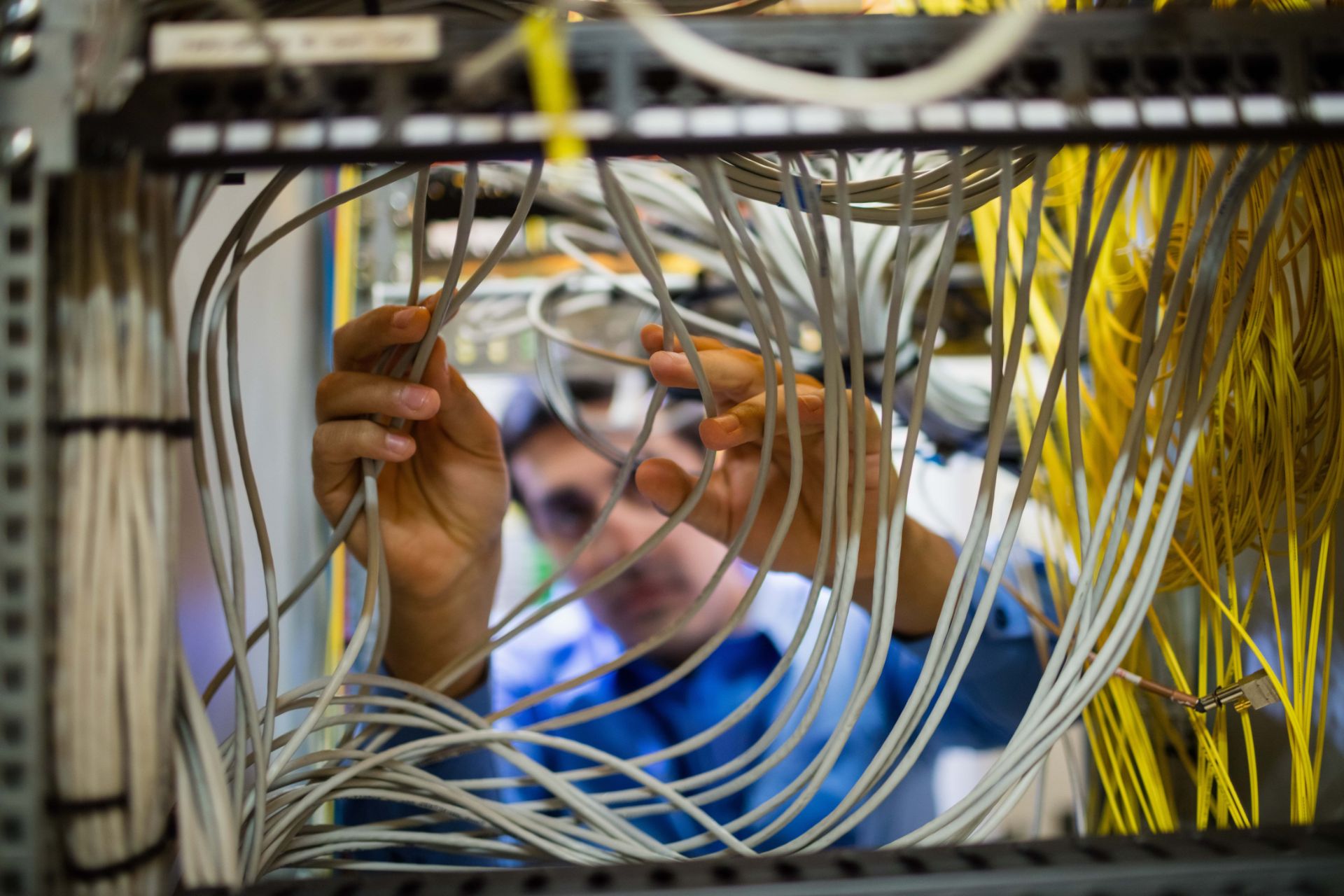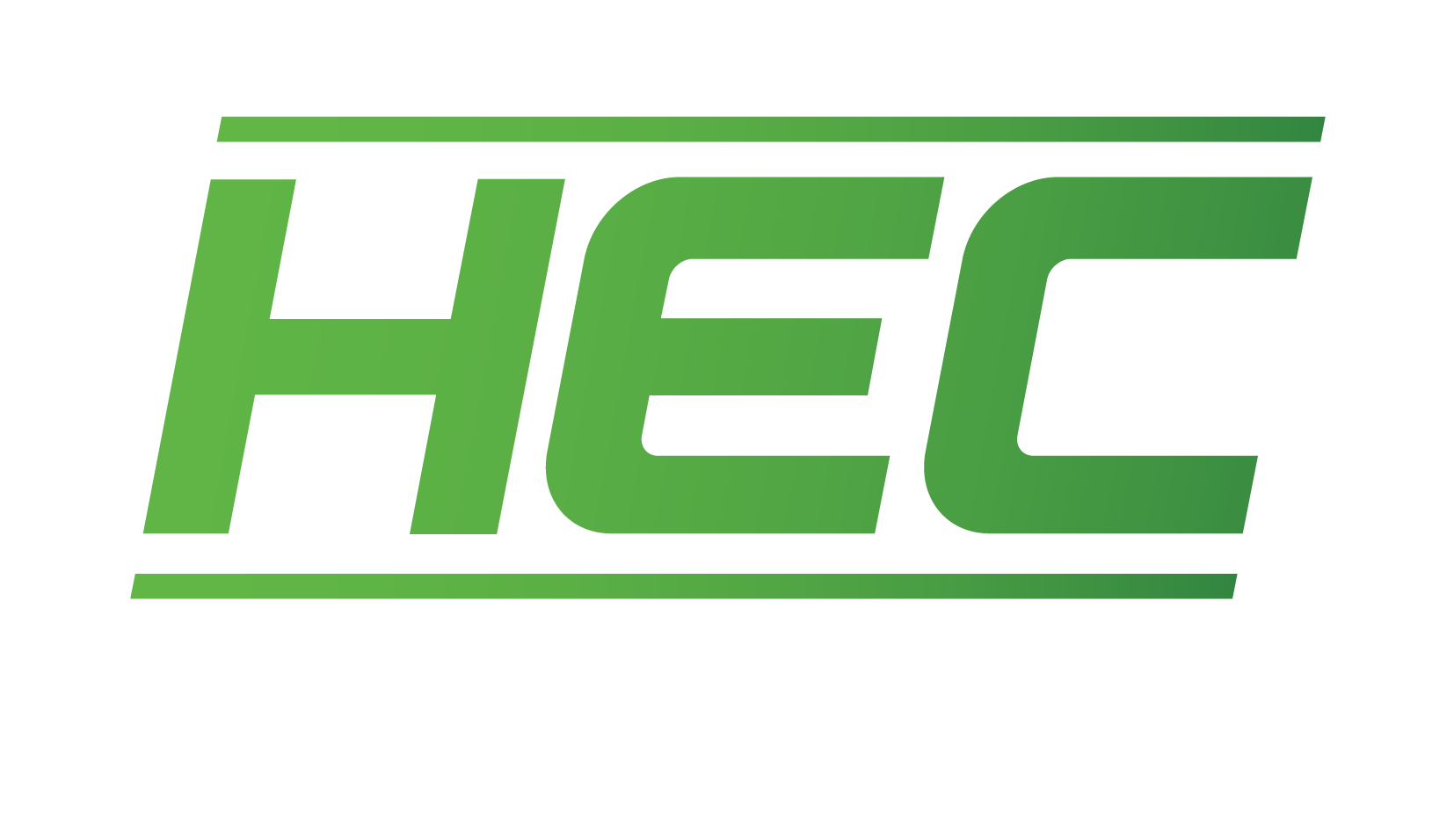Fiber Optics
& Data Cabling
Data Cable Installation &
Data Cabling Infrastructure Design
Data Cable Installation
Data cabling infrastructure is the copper or fiber wiring in the walls. These cables connect everything: Your phone, wi-fi, cameras, printers, copiers—everything on your network uses these cables for interconnectivity. Date cabling infrastructure is the most critical part of your data network, so choosing the right cable implementation is crucial.
At HEC Networks, we understand that data cabling infrastructure can be difficult to comprehend, and making the right decision is daunting. We will help you find the right cabling, tailored to your needs. HEC designs and installs Cat5e/Cat6 and Fiber Optic cabling, ensuring that your cabling will support all of your network needs.
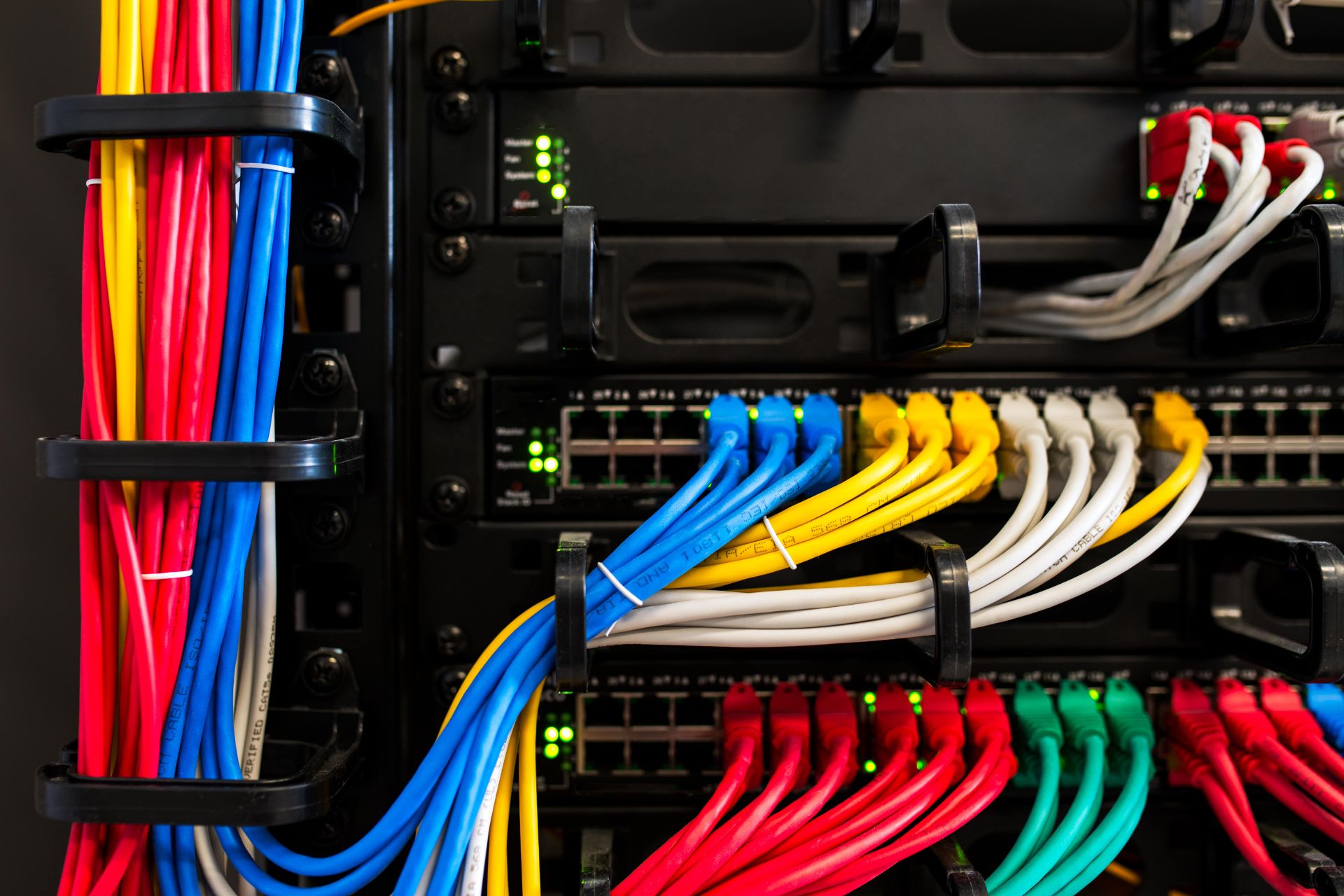
Cat 5e & Cat 6 Data Cable Installation
CAT5e and CAT6 are your standard ethernet data transfer cables. They are relatively fast, reliable, and have shielding that protects their copper cabling from interference. Both CAT5e and CAT6 can handle speeds of up to 1000 Megabits per second, or 1 Gigabit per second. This speed is far faster than the majority of wireless connections that exist in the world today. The main difference between CAT5e and CAT6 is how much bandwidth they have. CAT6 has a greater bandwidth threshold than CAT5e, meaning that it can transfer more data simultaneously.
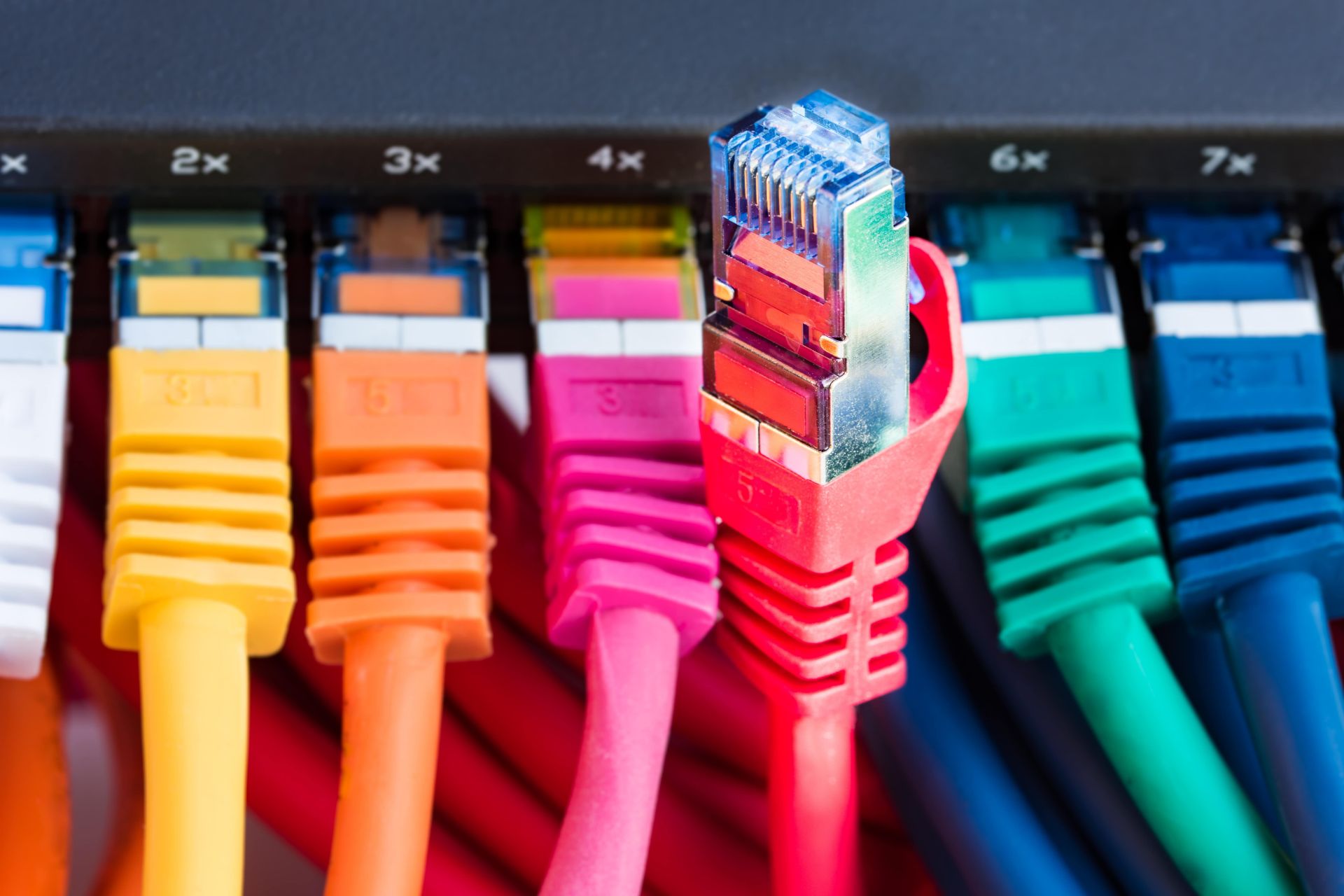
Fiber Optic Cabling Installation
With data transfer speeds up to 10 Gigabits per second, Fiber Optic cabling is quickly becoming the new standard. Unlike traditional copper cabling like CAT5e and CAT6, fiber optic is made of very thin strands of glass. Lasers transmit data through fiber optic cable at the speed of light with much higher bandwidth capacity. With the cost of fiber optic cabling going down every day, it’s easy to see why many businesses are upgrading their cabling to fiber—you simply cannot beat the speed, security, and bandwidth of fiber optic.
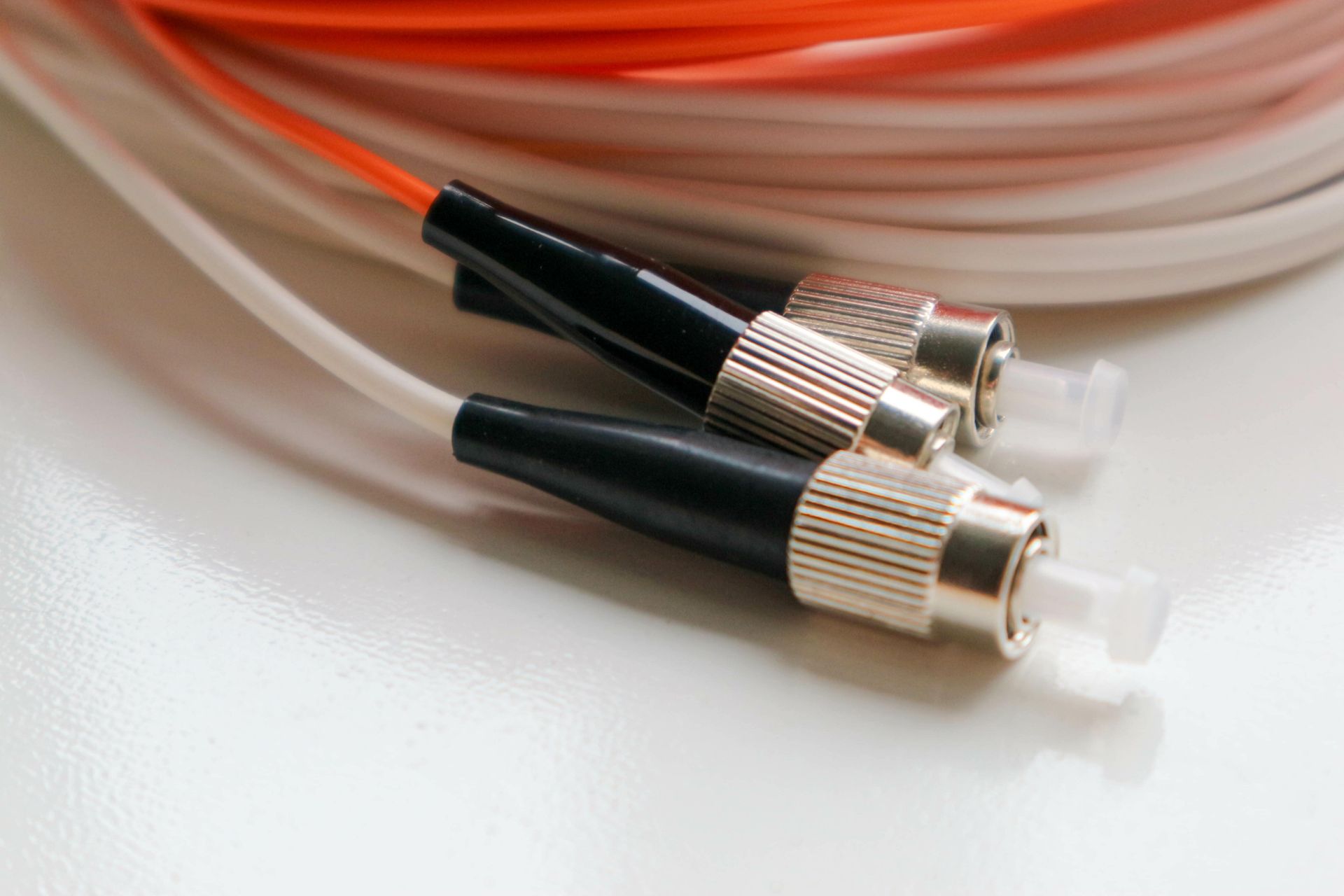
Update Existing Cabling Systems
Updating your current network cabling can help you with your current and future communication requirements. As technology improves, the foundation that it’s built upon often gets left untouched, slowly becoming more and more out of date as time passes. Network cables can physically break down, or just become obsolete by todays data transfer speed standards.
All network equipment has a service life. If this lifetime gets exceeded, you will experience problems with network speed, reliability, and at the very worst, network downtime. Your cabling is also the framework that your network security is built on. In the world we live in today of hackers, DDOS attacks, and over 1 million new malware threats every day, keeping your network secure is of the utmost importance for your business.
